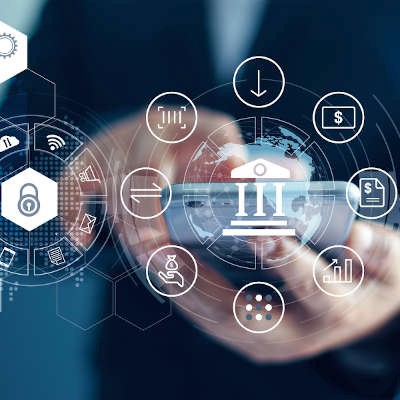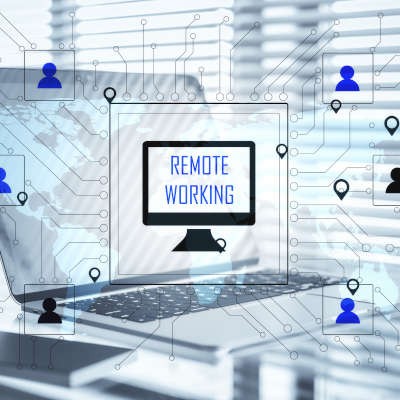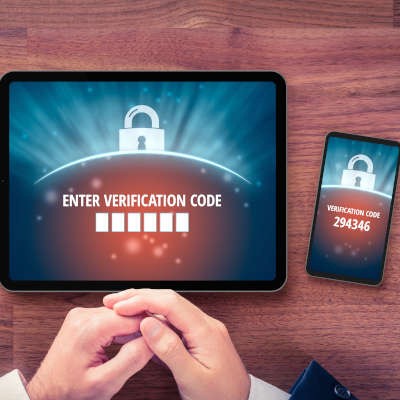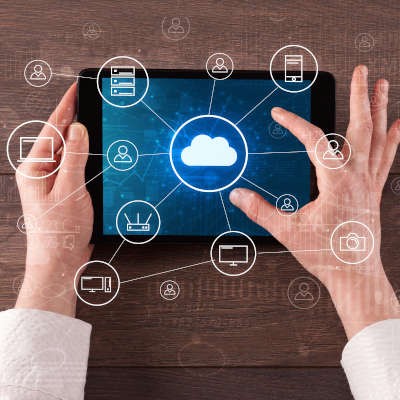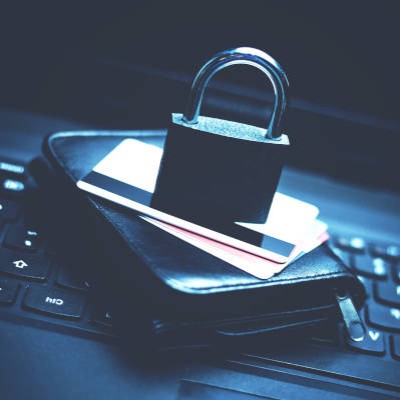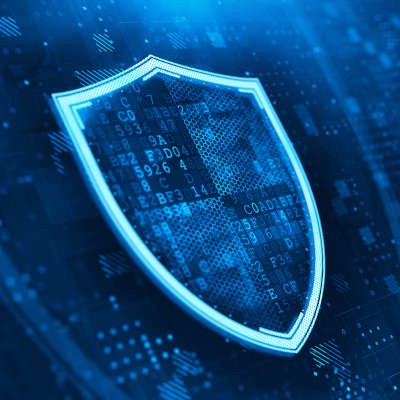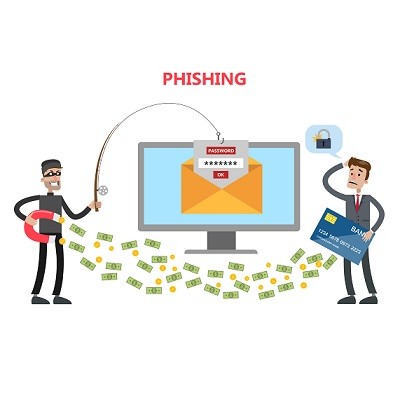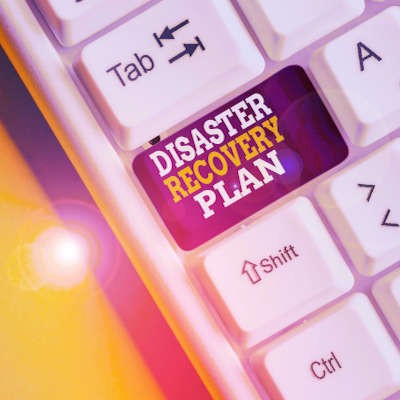Telesys Voice and Data Blog
The cloud has proven to be an extremely useful tool for modern businesses. Not only does it provide anywhere-anytime access to applications, processing, storage, and more, it also delivers those products as a service, allowing an organization--or an individual--to budget for recurring costs rather than major upfront ones. This provides your organization with functional, supported, and secure computing environments that eliminate a lot of the support costs that traditional computing environments require. It sounds like a perfect scenario for small and large businesses alike, but things aren’t always what they seem, as a lot of cloud users have found that they have incurred several hidden costs by using cloud platforms. Today, we take a look at these hidden costs.
The key to running a successful small business is keeping costs down and production/service delivery efficient. This is easier said than done. Some tools have been developed to boost productivity and efficiency while others are built to eliminate downtime and manage risk. Let’s take a look at some of the technology your business should be using.
In response to the coronavirus pandemic, many people are avoiding human contact by turning to the Internet and mobile apps. On a national scope, mobile banking alone has seen an increase of 50 percent over just the last few months. In what certainly is no coincidence, the Federal Bureau of Investigation recently put out a warning that identified banking apps as likely targets for hackers.
If you spend a lot of time in front of a computer, eye strain can be a big problem. Staring at a screen for too long can be irritating, and some even experience headaches and exhaustion from it.
Fortunately, a lot of common applications have been deploying dark or night modes. Microsoft Word’s take on this has been, well, less than desirable. We’ll show you a way around it to help save your eyeballs a lot of strain.
Whether your business is just starting to open up, or your staff is diligently working remotely, the effects of COVID-19 are going to be long lasting for most businesses. For those of us who were lucky enough to get our employees situated and productive without putting them at risk, we’ve started to see the value in having the infrastructure to allow for remote access.
Nowadays, most of us use smartphones; and, yes, probably most of us use them more than is healthy. There are those, however, that have come to depend on their mobile device so much that it completely dominates their lives. As people become even more attached to their phone, the impact this behavior has on their lives becomes more and more detrimental.
In the course of doing business, sometimes the mundane and repetitive tasks, or the responsibilities that employees don’t necessarily always consider to be part of their jobs, can be overlooked. Like any other business, yours needs people to be vigilant to ensure that it isn’t the victim of a phishing attack. If your team isn’t well-trained, or if it isn’t engaged in the fight against cybercrime, you may find that your business is a sitting duck.
It’s incredible how working from home has become the new normal. Just a short time ago most business owners wouldn’t have batted an eye at shutting down the dreams of remote work, but because of the COVID-19 pandemic, they were forced to adjust the way they looked at the situation. Employees in several industries have been working from home ever since. Now that most places have begun to re-open, we thought we would remind you that there are actually some benefits to coming to the office.
A lot has been made about the newly-remote workforce that has been doing their best during the COVID-19 pandemic. One issue that many ignore is burnout. Sure, it happens in the office too, but there is something unsettling about getting up and going to work walking distance from your bed. Today, we will take a look at at-home worker burnout and give you a few tips to help you keep from suffering the same fate.
Nowadays, laptops are the weapon of choice for productivity. They function much like a desktop computer but are mobile enough to go anywhere with. Unfortunately, most laptops chew through their batteries in only a few hours of work and need to be plugged in in order to function. With so many people working from home, many people are using their laptops more like a desktop and keeping them plugged in around the clock. For this week’s tip, we’ll discuss the best practices of a laptop battery.
Two-factor Authentication, also referred to as Multi-Factor Authentication, or 2FA, is typically where you log in to something and have to type in a small code from your mobile device in order to finish the sign-in process. It’s really the only thing protecting your accounts anymore, so it’s critical to use it.
It isn’t exactly business as usual, but things are beginning to resemble the reality we all knew before COVID-19, thanks to the use of cloud services as a means to continue processes while social distancing is still in play. However, some businesses may still be reluctant to embrace them.
While there is no question that security is important to any business, there is often a disconnect between this principle and any actual implementations that it reflects. Unfortunately, this can often leave a business vulnerable. To prevent this outcome, it is important that you follow a few best practices when it comes to fortifying your business against attack.
Today, the threats businesses encounter from the Internet are more frequent and dangerous than any previous threats. To avoid being the victim of a cyberattack, you will need strategies and procedures aimed at mitigating them. Let’s look at some strategies you need to consider if you are to keep the threats off your network.
Skipping the commute, wearing comfortable pants, and foregoing everyday office distractions has become the new norm during the COVID-19 pandemic, but it’s very likely that the businesses that do well with a remote workforce might continue to keep operating that way even after we’re all able to see each other again.
Wherever there is money, there are scammers. So it may not be a big surprise that scammers are out en masse trying to get between you and your federally mandated stimulus money. It’s bad enough that we’ve already seen a couple of phishing scams using the COVID-19 pandemic that are designed to help hackers get into accounts they have no business in, now that these scammers know that people are getting cash, the scams are kicked up a notch.
People are defined by what they do. The first question they are asked by someone they haven’t seen in some time isn’t about their health or their emotions, it is about what they do for a living. With the COVID-19 outbreak, tens of millions of people are out of work and just as many are working from home. For the business owner, this may not be an ideal situation, but if you are able to keep an open mind, you will find that there is a lot of good that could come from having your workers out of the office. This month, we will discuss the benefits of remote work, the gig economy, and some tools that you can use to ensure that remote workers are keeping up their productivity.
For the small business, times are increasingly tough. Many businesses have been forced to close down until after the coronavirus outbreak has been mitigated, but for those businesses who are still at it, you must be looking to save some money. Outsourcing your IT to a managed service provider may be just the thing you are looking for in order to get the comprehensive IT support your business needs, while also strategically cutting organizational outlay for IT support and services.
The Novel Coronavirus has made its way around the world and it has certainly changed the way a lot of businesses do things. Some businesses have put in some type of disaster recovery platform. This is basically a plan for returning to continuity after some type of disaster, but we are seeing that many business continuity plans were not broad enough to take on a worldwide pandemic. Sadly, many of these businesses won’t open again.
Mobile? Grab this Article!
Tag Cloud




